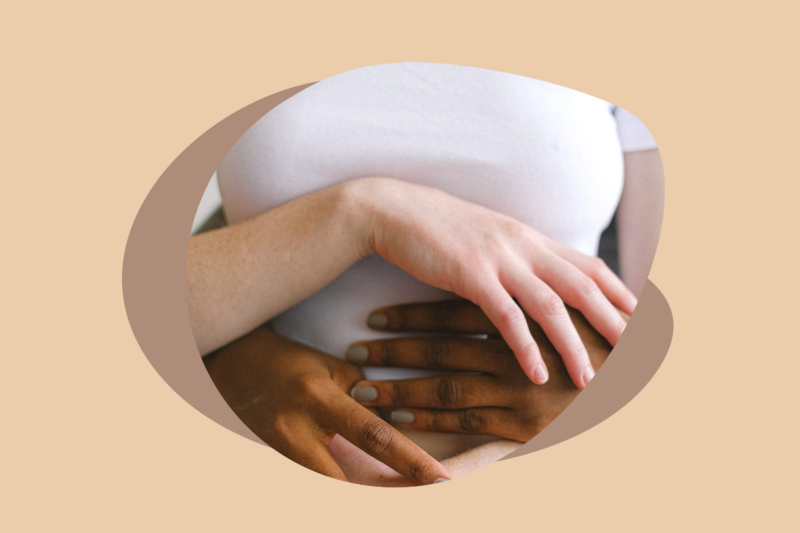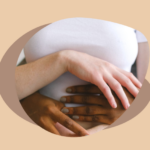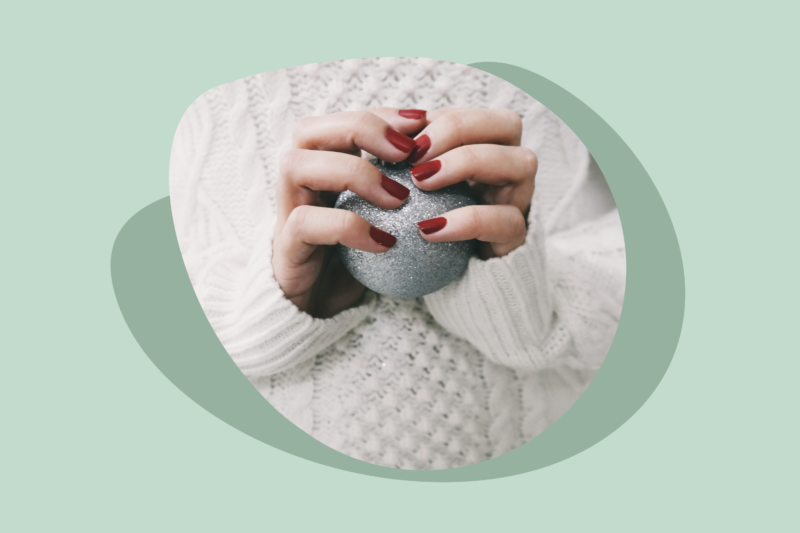Acupuncture for Fertility: Can It Help and 5 Places to Start
There likely isn’t much you wouldn’t try when faced with infertility and the relationship between stress and conception makes it hard to ignore less traditional treatments like acupuncture.
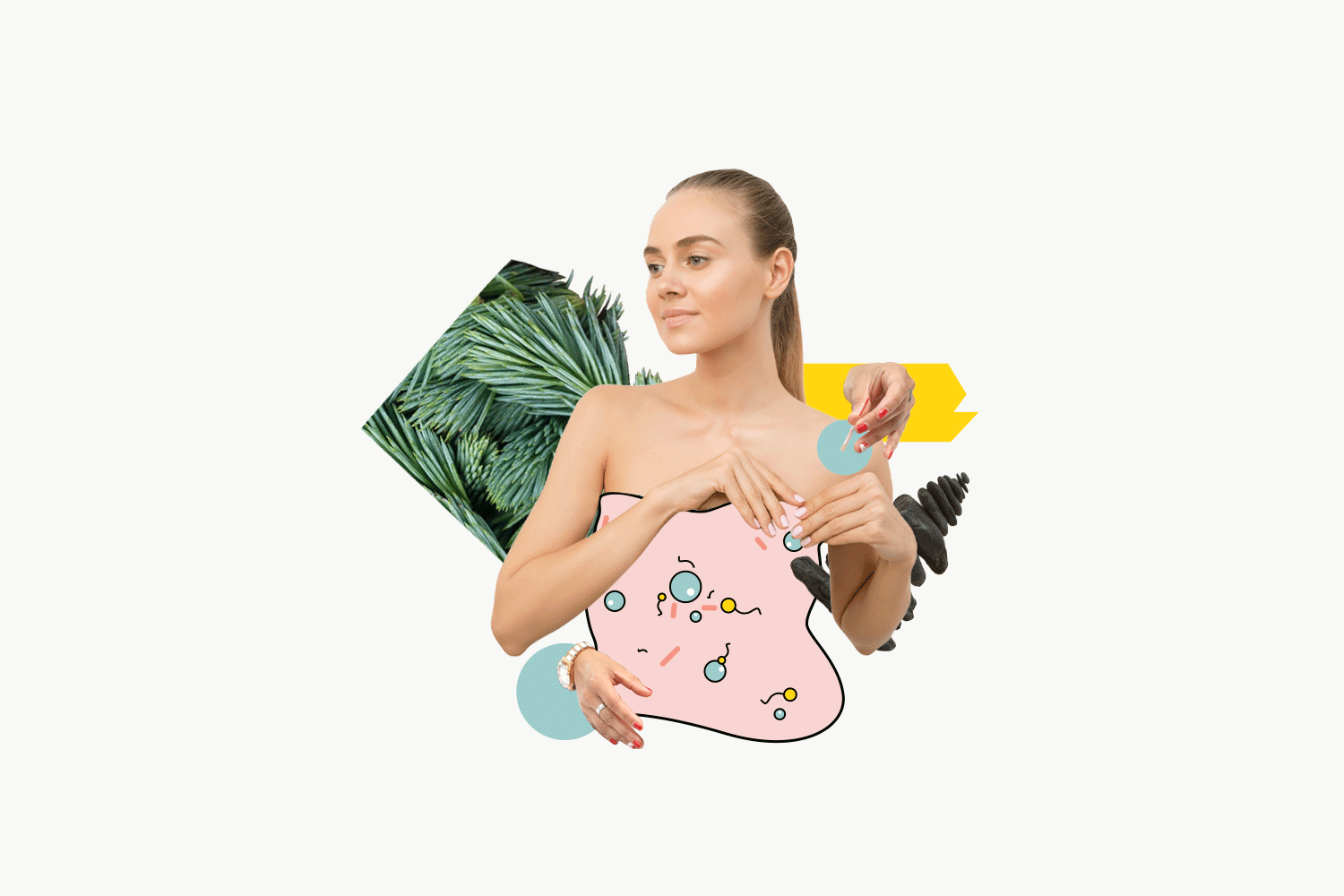
This post will explore how acupuncture works, what patients can expect, and what points on your body are good places to start. We’ll also look at acupuncture alternatives that can help support a more holistic fertility journey.
Does Acupuncture for Fertility Work?
The obvious question is whether or not acupuncture for fertility actually works? Many fertility treatments, such as IVF and IUI, have a strong scientific basis behind them. The evidence behind acupuncture, on the other hand, is less conclusive — but there is still preliminary research to show that acupuncture can be an effective treatment for infertility.
These studies show that acupuncture is most effective when combined with Western methods for fertility treatment, like IVF and IUI. When combining IUI with acupuncture and other techniques from Traditional Chinese Medicine (TCM), conception rates increased by 26 percent.
There are a few reasons why scientists think acupuncture works for infertility. For one thing, acupuncture promotes relaxation, decreases stress levels, regulates the menstrual cycle and improves blood flow to the uterus — all of which may improve fertility.
Acupuncture may also help regulate conditions associated with infertility, such as polycystic ovarian syndrome (PCOS) and endometriosis. Additionally, acupuncture can relieve some of the negative side effects of fertility-promoting drugs used in Western treatments, such as bloating and nausea, to make your fertility journey more comfortable.
How to Take Advantage of Acupuncture for Fertility
Acupuncture should always be performed by a trained professional and you should for an acupuncturist who is registered with the American Board of Medical Acupuncture. These acupuncturists are required to be MDs or DOs and are more likely to have additional medical qualifications in addition to their training in acupuncture that may be helpful for fertility treatment.
For best results, women are advised to begin acupuncture treatments at a hospital or clinic three months before beginning IUI or IVF. At your first visit, the acupuncturist will interview you about the conditions that may be contributing to your infertility, followed by a 20-to-40-minute session using acupuncture needles.
Acupuncture needles are slim needles used especially to target points related to fertility. Most people experience little to no pain during these treatments, though the needles may seem intimidating at first! There are also very few side effects, though occasional bruising may occur at the sites where needles were inserted.
Most acupuncturists will recommend treatment one to three times per week to address the underlying causes of your infertility. You and your partner may both want to schedule acupuncture sessions — especially if you experience male infertility — since some studies suggest acupuncture is more effective when undergone by both partners.
What does it cost?
Acupuncture for fertility costs can vary quite greatly depending on your location, your course of treatment, and who’s doing the procedure. You can generally expect to pay between $125 and $300 for an initial visit, and slightly less than that for subsequent treatments. Prices will vary depending on the services offered by the clinic, but you can usually save money by buying a package of treatments.
With the rise of complementary and alternative treatments in healthcare, many insurance plans are starting to offer coverage for treatments like acupuncture points for fertility. It is always best to check with your insurance provider for details of coverage and the number of treatments allowed. Some providers have additional requirements for treatment such as licensing and registration of practitioners, so it’s always best to check first.
Which Acupuncture Points Are Best for Fertility?
During an acupuncture treatment, needles are inserted on up to 12 different points in the body, all of which are thought to be linked to different organ systems. Thus, when you are undergoing acupuncture to promote fertility, your acupuncturist will likely insert needles at points linked to the reproductive system.
The most common areas where acupuncture needles are selected to be inserted include the head, ears, hands, lower legs, feet and abdomen. Below, we’ll explore some of those points, where they are located and how they are thought to improve fertility outcomes in patients.
Zigongxue: Uterus Point
The Zigongxue acupuncture point is located along the centerline, one thumb’s width above the pubic bone. This point is known in English as the “uterus point” because of its usefulness in treating conditions linked to the uterus, including dysmenorrhea (painful periods), infertility and uterine prolapse.
CV2: Curved Bone
The CV2 acupuncture point, known in English as “Curved Bone,” is located in the center of the pubic bone. This point is used to treat problems with feminine discharge, dysmenorrhea, irregular cycles and male infertility.
CV5: Stone Gate
The CV5 acupuncture point, known in English as “Stone Gate,” is located three body inches above the public bone. (In acupuncture, a body inch or “cun” is a specific measurement taken from the finger joints of the patient that signifies the distance between acupuncture points.) The CV5 acupuncture point has classically been used to treat male and female infertility as well as abdominal pain and gastrointestinal issues.
ST30: Surging Qi
The ST30 acupuncture point, known in English as “Surging Qi” (Qi is the ancient Chinese term for the energy that flows throughout the body), is located on the inner groin. Acupuncturists use this point to treat male infertility and regulate menstrual conditions, including irregular periods, dysmenorrhea, amenorrhea (lack of periods) and abnormal uterine bleeding.
KD13: Qi Hole
The KD13 acupuncture point, known in English as “Qi Hole,” is located along a line called the kidney meridian. Along with other points along this line, KD13 is useful for abdominal and/or gynecological health conditions, including infertility.
Fertility Acupuncture Alternatives
If inserting fine needles into different parts of your body isn’t your thing, there are a number of alternatives that may assist you in your reproductive journey.
Yoga
Yoga has long been a relaxing technique that people use to lower stress and strengthen the body. But it also shows promise as a lifestyle change that can promote healthy reproduction in both men and women. The benefits of yoga for fertility include strengthening the body, easing stress, depression, and anxiety, and balancing hormones. Even if you are new to the practice, yoga for fertility is a safe activity that you can build upon to support you in your journey to conceive.
Meditation
Meditation has powerful effects on the mind and body, but experts are now encouraging patients to tap into the mind-body connection for fertility. Managing stress and balancing hormones, both benefits that mediation can provide, can go a long way in improving your chances of conception.
Long proven to support stress management skills, fertility meditations can help you manage the added stress of trying to conceive while optimizing your physical and mental health.
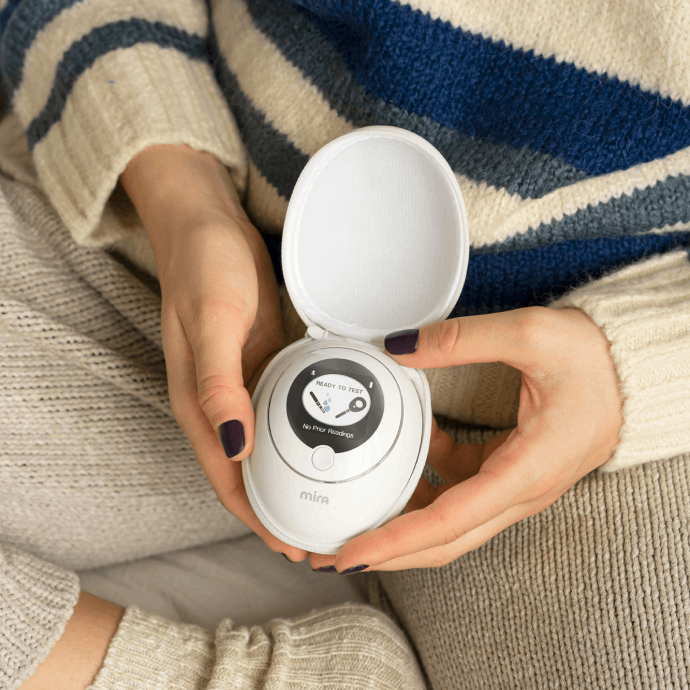
Lifestyle Changes
You may want to consider simple lifestyle changes that can help you improve your chances of conceiving in addition to acupuncture, yoga, and meditation. The key to fertility includes maintaining a healthy weight, moving your body, and choosing a diet that supports your health goals (like getting pregnant!).
Other lifestyle changes that support your chances of getting pregnant include managing stress, timing intercourse, quitting smoking, limiting alcohol, and maintaining a healthy sleep schedule.
Mira’s Editorial Process
All content produced by Mira meets stringent editorial standards, ensuring excellence and accuracy in language and medical precision. Every piece undergoes thorough fact-checking and review by qualified professionals. Check out our full editorial process to learn more.




